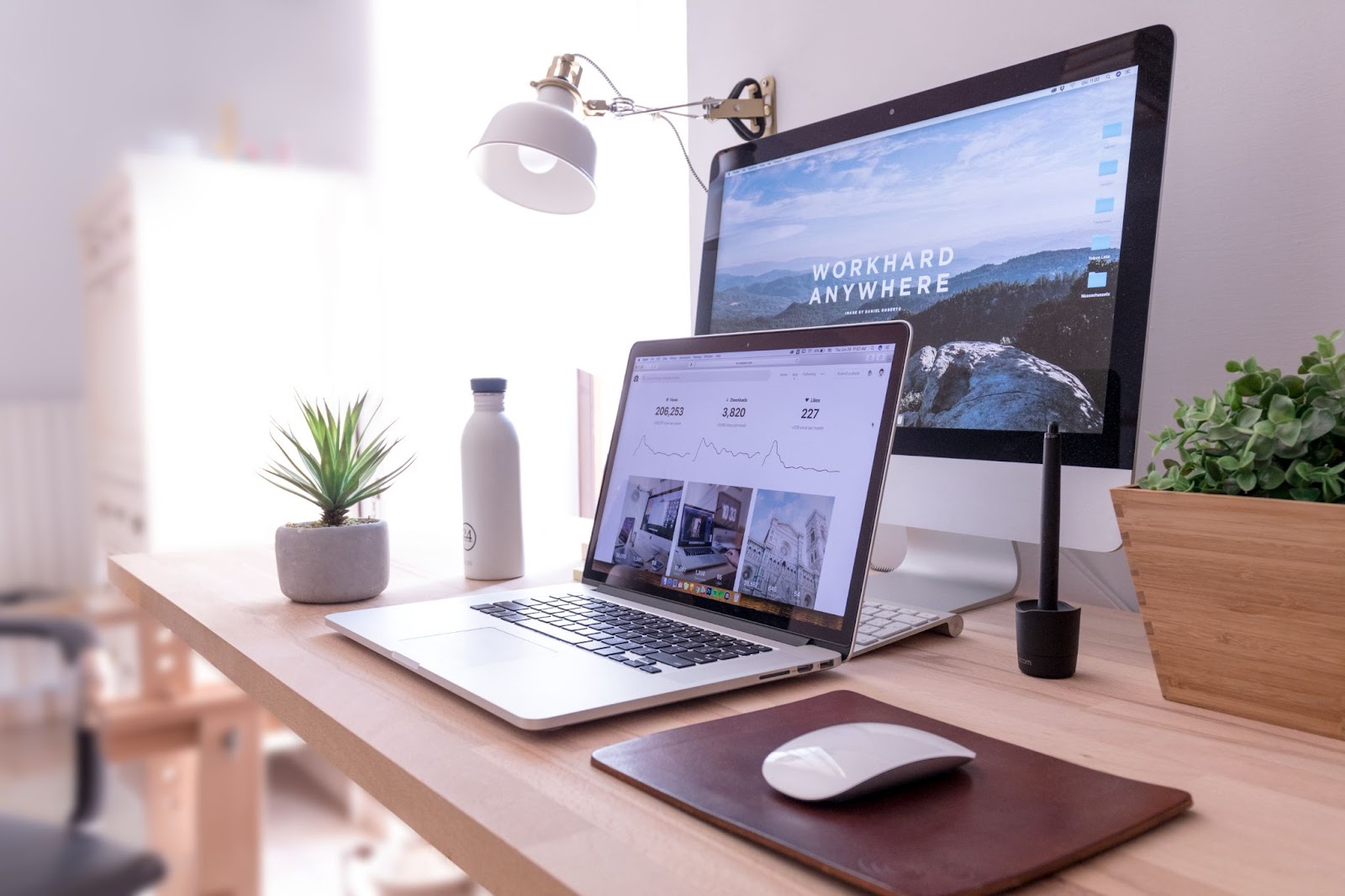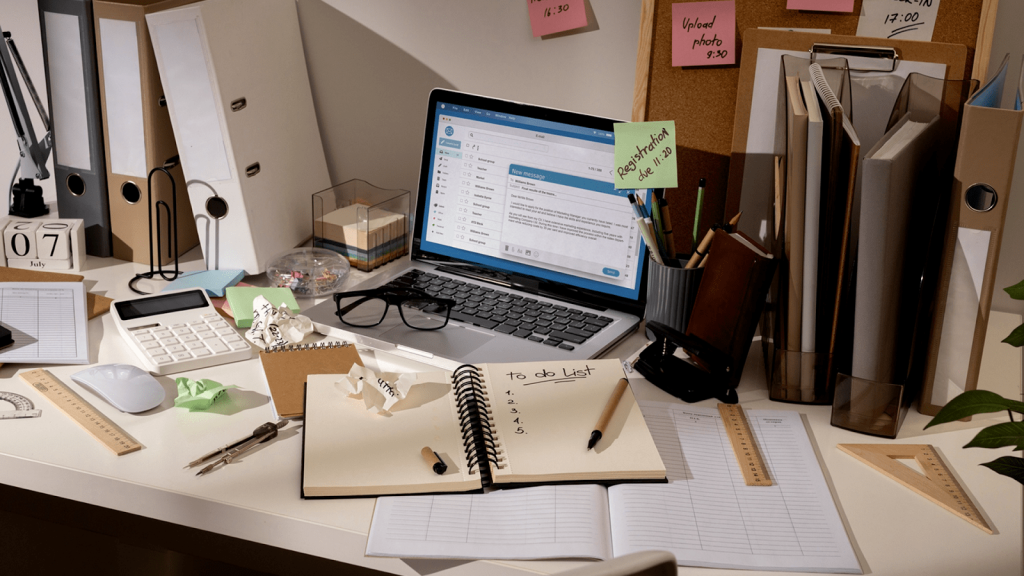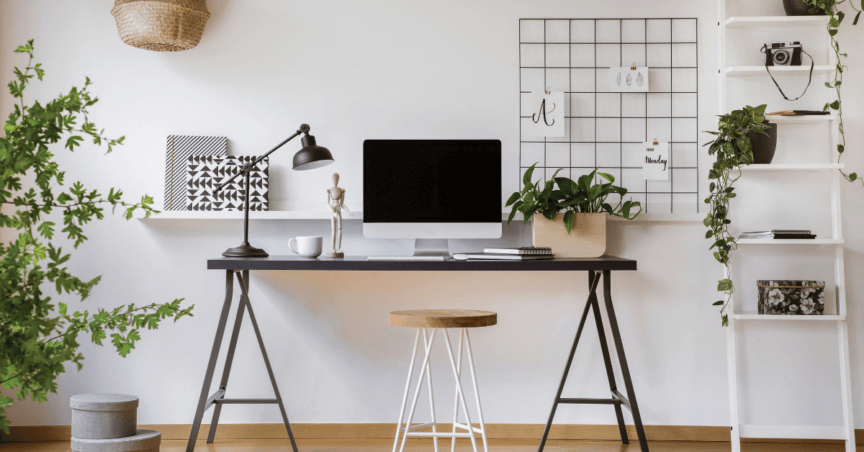
How to Create a Distraction-Free Work Zone
In today’s fast-paced world, distractions are everywhere—from buzzing smartphones and social media notifications to noisy roommates and cluttered spaces. Creating a distraction-free work zone isn’t just a luxury; it’s a necessity for boosting productivity, focus, and overall well-being. Whether you work from home, in an office, or remotely while traveling, setting up an environment that fosters concentration can dramatically improve your efficiency. Here’s a comprehensive guide on how to create a distraction-free work zone.
1. Choose the Right Location

The first step to a distraction-free workspace is selecting the right location. Ideally, this should be a quiet area away from high-traffic zones in your home or office. Avoid spaces like the kitchen or living room if possible, as these areas often encourage interruptions. If you don’t have a dedicated room, consider using a corner with a room divider or a small desk tucked away from distractions. Natural light is a plus, as it enhances mood and reduces eye strain, which helps maintain focus over long work sessions.
2. Declutter and Organize Your Workspace
Clutter is one of the biggest productivity killers. A messy desk can make it difficult to concentrate and increase stress levels. Start by clearing your workspace of unnecessary items. Keep only the essentials: your computer, notebook, pens, and a few personal items that inspire you. Use organizers, shelves, and drawers to keep supplies neatly stored. A clean, organized workspace allows your mind to focus on the task at hand rather than constantly processing visual distractions.
3. Manage Digital Distractions
In the digital age, your phone, email, and social media can be just as distracting as physical clutter. To combat this, implement strategies like turning off non-essential notifications, using apps that block distracting websites, or putting your phone on “Do Not Disturb” mode during work hours. For emails, set specific times to check your inbox rather than responding continuously throughout the day. Digital discipline is key to maintaining a distraction-free environment, as constant interruptions from technology can significantly reduce your productivity.
4. Optimize Your Furniture and Ergonomics

Physical comfort directly impacts your ability to focus. Invest in a good-quality chair and desk that support proper posture. Position your monitor at eye level and keep your keyboard and mouse at a comfortable height to avoid strain. An ergonomic setup not only prevents physical discomfort but also helps reduce the mental distractions caused by pain or fatigue. Additionally, keep your workspace aesthetically pleasing; a visually appealing environment can enhance mood and concentration.
5. Control Noise Levels
Noise is a major distraction, whether it’s household sounds, traffic, or office chatter. Depending on your preferences, you can reduce noise by using noise-canceling headphones, playing soft instrumental music, or installing soundproofing panels. White noise machines are also an effective option for masking disruptive sounds. Creating an auditory environment conducive to focus ensures you can work for extended periods without unnecessary interruptions.
6. Set Boundaries with Others
If you share your space with family, roommates, or colleagues, it’s important to establish boundaries. Let others know your work hours and explain that you need uninterrupted time. Visual cues like a closed door, a “Do Not Disturb” sign, or headphones can signal to others that you’re focused and shouldn’t be interrupted. Clear communication reduces the likelihood of accidental disruptions and reinforces your commitment to a distraction-free work zone.
7. Personalize Your Space Wisely

While it’s important to keep your workspace organized, adding a few personal touches can make it more inviting and motivating. Plants, inspiring quotes, or a small piece of art can enhance your mood and creativity. The key is moderation—too many personal items can become distractions themselves. Aim for a balance between a functional workspace and an environment that sparks inspiration.
8. Establish a Routine and Work Habits
A distraction-free work zone is not only about physical space; it’s also about habits. Create a consistent daily routine, including regular breaks to avoid burnout. Techniques like the Pomodoro Method—working in focused intervals followed by short breaks—can train your mind to concentrate more effectively. Developing strong work habits in a distraction-free environment amplifies productivity and helps you complete tasks efficiently.
Conclusion
Creating a distraction-free work zone requires thoughtful planning, consistent habits, and attention to both physical and digital environments. By choosing the right location, decluttering your space, managing digital interruptions, optimizing ergonomics, controlling noise, setting boundaries, personalizing wisely, and establishing strong routines, you can significantly enhance your focus and productivity. In an era where distractions are inevitable, a well-designed work zone isn’t just about working harder—it’s about working smarter.


